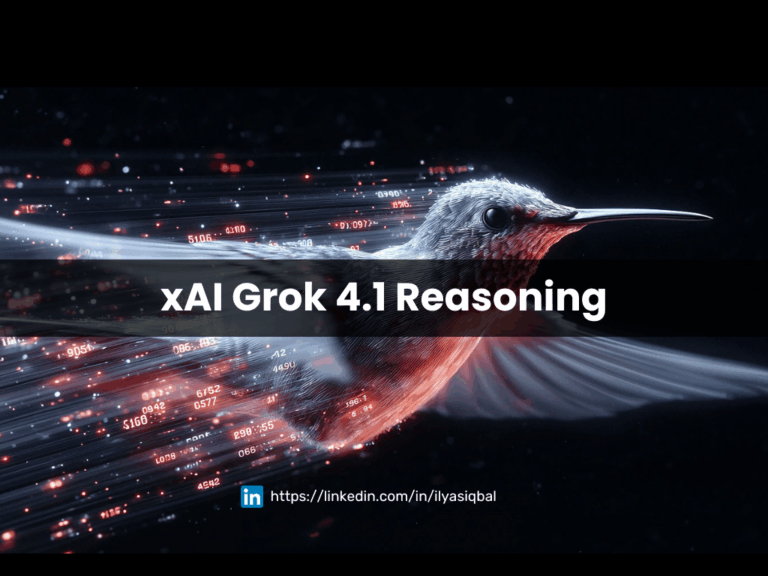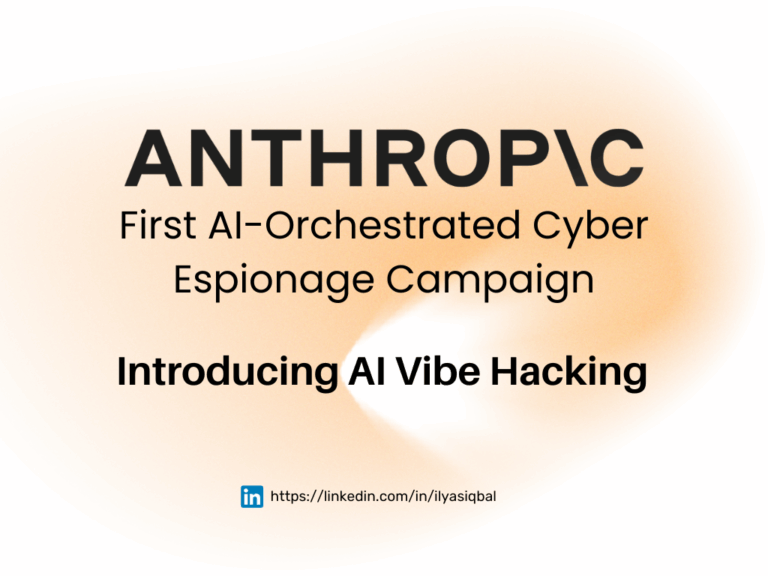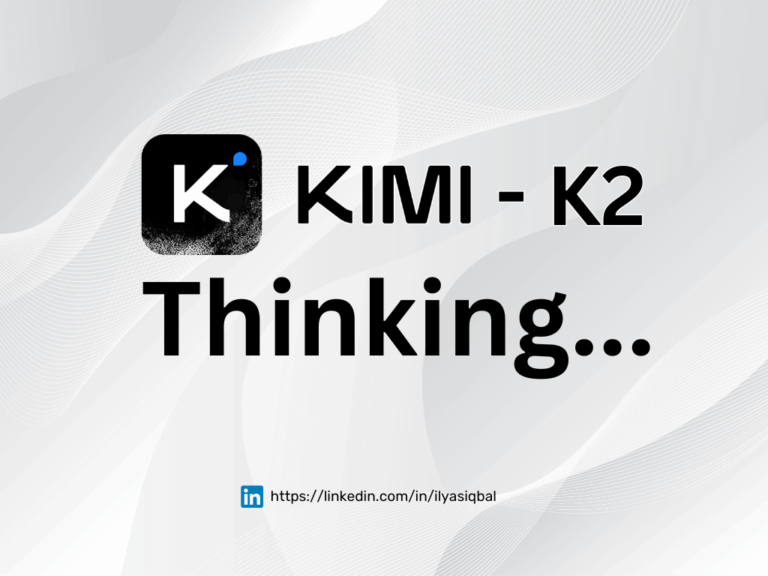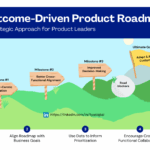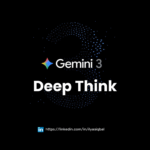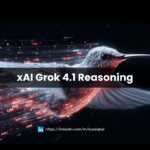As we know Open AI GPT-5 model is just around the corner. Here we are going to discuss about what should we be expecting with the release of their new Large Language Model (LLM). Let’s get started!
What is GPT-5? Hype vs. Reality
GPT-5 would be representing OpenAI’s most ambitious leap toward Artificial General Intelligence (AGI). Expected release date could be in August 2025. With this unified architecture processes text, images, audio, and video within a single neural framework. Unlike previous LLM models requiring specialized versions for different tasks, GPT5 seems to integrate multimodal capabilities natively – acting as an integrated LLM for small to large scale enterprises.
Another hype is around the core breakthrough which potentially lies in its chain-of-thought scaffolding, enabling deliberate, step-by-step reasoning previously exclusive to narrow AI tools. How well that could enhance the productivity and efficiency, is yet to be known!
Also read: AI Strategy for Product Leaders to Build Intelligent Products
GPT-5 vs. Predecessors: 5 Transformational Upgrades
For entrepreneurs and product leaders, these aren’t incremental tweaks – they could be business model disruptors.
1. Unified Multimodal Intelligence
Earlier models like GPT-4o processed text and images in separately, while GPT-5’s architecture may blend text, audio, video, and images in real-time conversations.
2. Reasoning Over Reflex
While GPT-4 prioritized speed, it would be great if GPT-5 introducing “System 2 cognition” – mimicking human analytical thinking. This could introduce major features in fintech startups such fraud analysis, where it identifies complex money-laundering patterns traditional AI missed in the past. Having that said, this could be my personal favorite if it performs as expected with +90% efficiency!
3. Memory That Matters
One of the biggest challenges in the earlier models have been memory and how far back the model could keep that. With a 1-million-token context window, GPT-5 heard to be digesting 300-page technical documents while maintaining narrative coherence. For C-suite executives and product leaders, this means analyzing 18 months of user feedback in minutes to prioritize feature development.
4. Autonomous Action
In the past few months, a lot of companies brought new ideas to build autonomous workflows which are working great in their applications. Now if Open AI GPT-5 is introducing that as well by evolving beyond chatbots into self-executing agents, which could book meetings, updates CRMs, and even generates production-ready API code, I would say a boring update. Personally, I don’t like that one model provider should be given this much power to monopolise every feature out there in the market, which could eat up the AI startups!
5. Ethics by Design
Handling Retrieval-Augmented Generation (RAG) based systems is a complex thing to do. If OpenAI has embedded Retrieval-Augmented Generation (RAG) directly into Open AI GPT-5’s architecture, that might add some value to the model. Also, hallucination is something OpenAI is very bad at handling. But again, how well this might perform in the real life scenarios is yet to be found!
Also read: Applying Design Thinking to build innovative Cloud based AI Products
Benchmarks – Fake or Real?
There are no official benchmark results announced yet. The circulating statistics are just rumors. So stay alert. However, here’s some data from what Forbes is having and addressing in their post!
- Productivity Claim : Marketing teams could cut content production cycles by 52% while maintaining brand voice consistency
- Accuracy Claim : Coding error rates could be dropped to 8% (from 26% with GPT-4) during fintech API development
- Cost Claim: Customer service escalations might go down to 40% after GPT-5 integration
- Innovation Claim: Pharma researchers could get accelerated drug compound analysis from 3 weeks to 72 hours
Navigating GPT-5’s Real-World Constraints
Ignoring these limitations risks operational blowback:
1. Have they solved bias?
Despite safeguards, Open AI GPT-5 is heard to be exhibited some data skew in HR simulations – recommends some candidates for engineering roles twice as often. The solution? Maintain human review layers for high-stakes decisions and continuously audit outputs using tools like Anthropic’s Constitutional AI.
2. The Displacement Dilemma
The IMF warns AI could erase 14% of service jobs by 2027. Forward-thinking companies like Accenture now run “automation ethics workshops” to reskill employees for AI-augmented roles like prompt engineering and output validation.
3. How are they handling Deepfake Dangers?
Could GPT-5’s video generation capabilities fuel misinformation? Or have they made any progress on halding the deepfake. With earlier models, we have seen the issue only got escalated and not fixed.
Also read: Designing High-Performance Product Strategy: A Leader’s Perspective
Conclusion
Besides all the hype and rumors, users are certainly expecting a huge shift from earlier models provided by OpenAI to ChatGPT-5. The new GPT-5 is expected to have solved the challenges reported by millions of people worldwide and seeing the new model to be merely just another tech tool.



